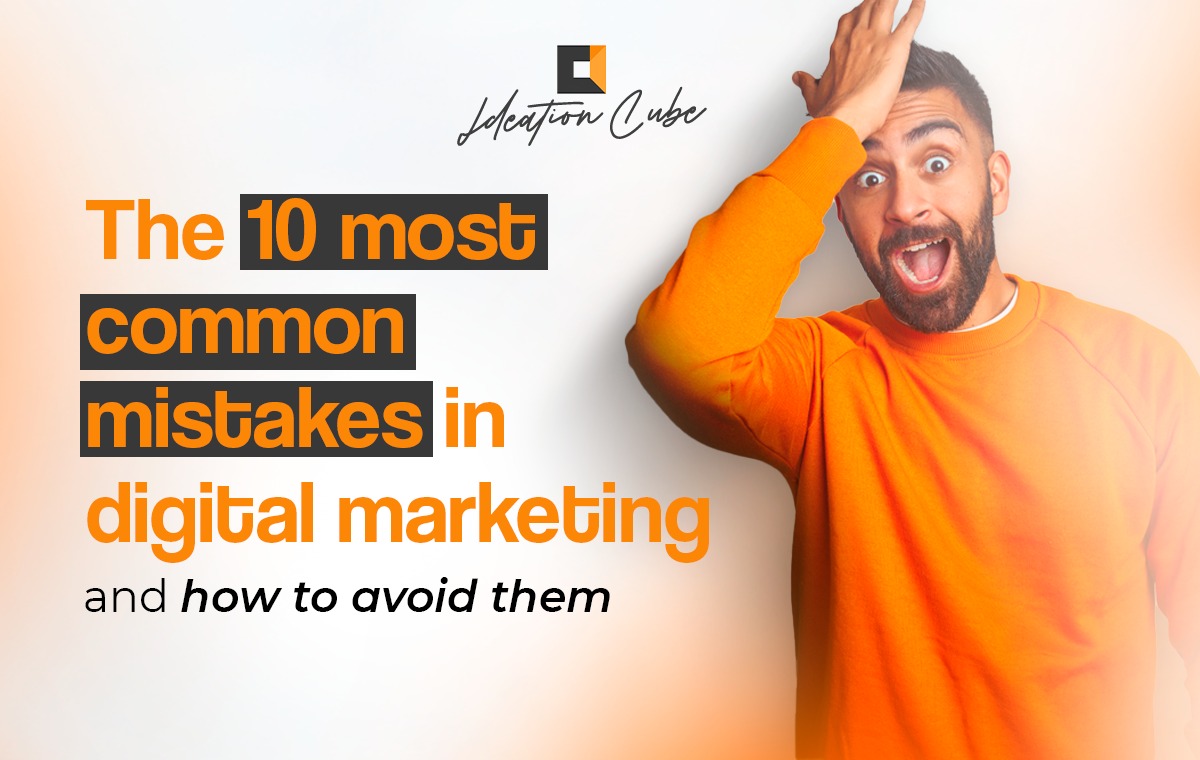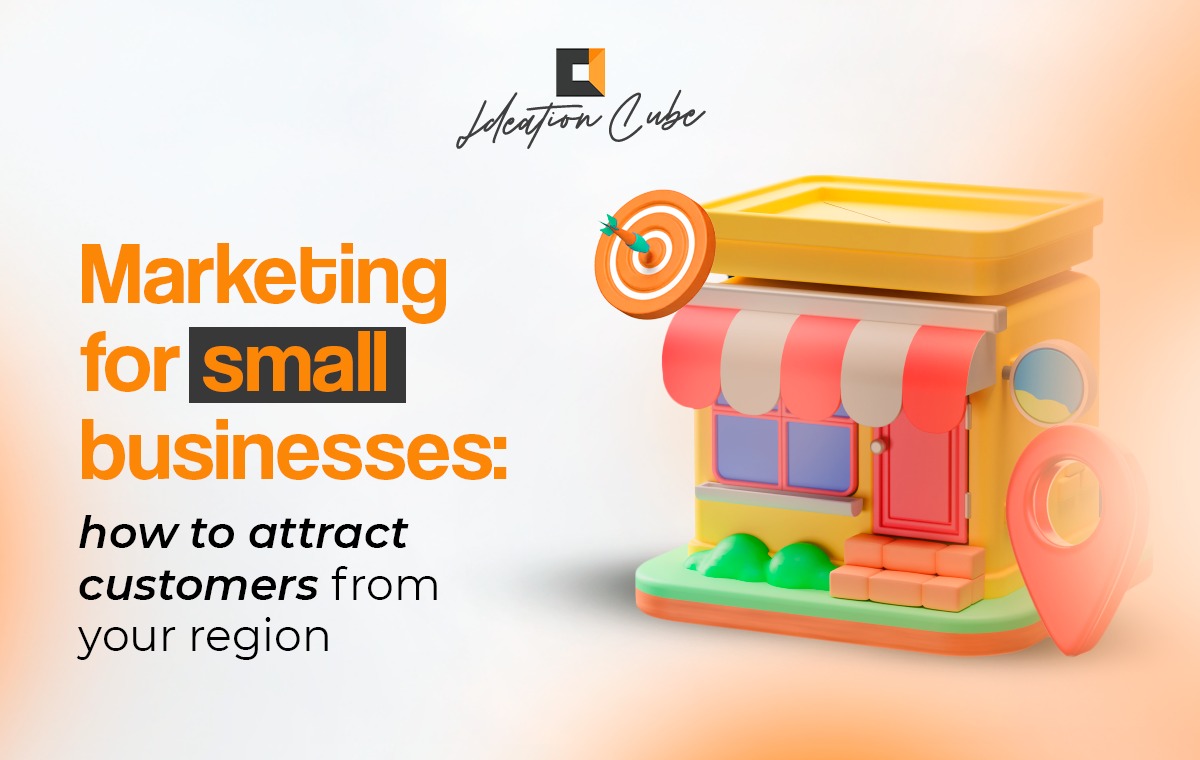Branding is one of the most important pillars of a company’s success. It goes far beyond a logo; it’s about how your brand is perceived by the public and the emotional connection it creates with your customers.
In other words, branding is your brand’s personality. Building a strong and memorable identity requires strategy, consistency, and authenticity!
1. What Is Branding?
Branding is the process of defining and managing your company’s identity. This includes visual elements, communication style, values, purpose, and customer experience. A strong brand generates recognition, market differentiation, and customer loyalty.
A good branding strategy makes your business more memorable and increases consumer trust. Companies like Apple, Nike, and Coca-Cola have created such strong identities that they have become global benchmarks.
However, branding is not exclusive to large corporations; small and medium-sized businesses can also build a powerful identity.
2. Define Your Brand Identity
Before thinking about design or marketing strategies, define your brand identity. Ask yourself:
- What is my business’s purpose?
- What are my company’s core values?
- Who is my target audience?
- How do I want my brand to be perceived?
Having clear answers to these questions will help create an authentic and coherent brand. Additionally, good branding should tell a story.
Storytelling is a powerful tool that humanizes the brand and creates an emotional connection with customers. Sharing your company’s journey, challenges, and motivations makes your brand more authentic and memorable.
3. Create a Consistent Visual Identity
Visual identity is one of the most striking aspects of branding. It includes:
- Logo: It should be simple, recognizable, and represent the essence of your brand.
- Colors: They convey emotions and create psychological associations. Choose a palette that reflects your identity.
- Typography: The choice of font influences brand perception. Serious fonts convey professionalism, while rounded fonts may suggest accessibility and friendliness.
- Graphic elements: Icons, patterns, and images should follow a consistent style.
Your visual identity must be present in all communication materials, including your website, social media, uniforms, and promotional materials. The more consistent the visual identity, the easier it is for customers to recognize your brand.
4. Develop a Voice and Communication Style
How your brand communicates is just as important as its visual identity. Define a consistent voice:
- Formal or informal?
- Exciting or serious?
- Inspirational or educational?
Ensure this tone is present across all channels, from your website and social media to customer service. Effective communication should also be adapted to the target audience.
If your business targets young people, a casual tone may be more suitable; if you serve a corporate audience, a more serious tone may be necessary.
5. Build a Strong Digital Presence
Today, a strong brand needs a powerful digital presence. To achieve this:
- Create a professional website that reflects your brand identity.
- Be active on social media, choosing platforms where your target audience is present.
- Produce valuable content, such as blogs, videos, and educational materials, to strengthen your authority in the market.
Additionally, investing in SEO helps your brand be more easily found by potential customers.
6. Provide a Memorable Experience
Branding is also about customer experience. To make your brand memorable:
- Provide excellent customer service.
- Personalize the consumer experience whenever possible.
- Surprise your customers with unexpected gestures, such as a gift or a personalized thank-you email.
Companies that invest in customer experience create brand advocates who recommend their services to others, generating spontaneous and positive marketing.
7. Maintain Consistency
The strength of a brand lies in its consistency. This means that every interaction with your audience should reflect the company’s identity, whether online or offline. The standardized use of the logo, colors, and language creates familiarity and reinforces brand recognition.
8. Build a Community Around Your Brand
Strong brands create emotional connections and turn customers into true brand ambassadors. To build a community:
- Encourage engagement on social media.
- Create loyalty programs.
- Share real stories from satisfied customers.
- Support causes aligned with your values.
Businesses with a loyal community achieve higher customer retention and stronger brand reputation.
9. Monitor and Adjust Your Strategy
Branding is not a static process. Always monitor how your brand is perceived and be willing to make adjustments to improve your identity and connection with your audience.
Branding Makes All the Difference for Your Business
Creating a strong and memorable brand identity requires planning, consistency, and a commitment to authenticity.
When your company delivers a clear message, provides a positive experience, and establishes an emotional connection with customers, it becomes unforgettable.
Not sure where to start and need help taking that first step? You can count on Ideation Cube to help you however you need!




